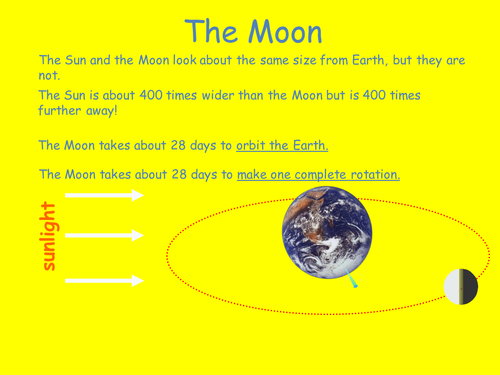Lou's Science Shop
I am a UK qualified Science teacher with 10 years experience teaching secondary school science, years 7-11 (KS3 and KS4/GCSE/iGCSE) and 4 years experience teaching college, A-level (KS5) Chemistry. I have many resources, too many to upload here, so if you would like more please contact me via my page with the Facebook link below and i'll see what I have to suit you :)








